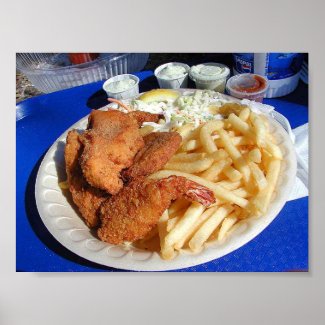Fudge Candy
 Chocolate fudge candy is an American original, thought to have first been introduced in the late 1800s. The story of the recipe was found in a letter written by Emelyn Battersby Hartridge, a Vassar College student, who wrote about a candy recipe she received from a schoolmate's cousin in Baltimore. Emerlyn, along with a group of Vassar girls, used the recipe to make the fudge to sell at the Vassar College Senior Auction. It was popular there for many years.
Chocolate fudge candy is an American original, thought to have first been introduced in the late 1800s. The story of the recipe was found in a letter written by Emelyn Battersby Hartridge, a Vassar College student, who wrote about a candy recipe she received from a schoolmate's cousin in Baltimore. Emerlyn, along with a group of Vassar girls, used the recipe to make the fudge to sell at the Vassar College Senior Auction. It was popular there for many years. Later, shopkeepers on Mackinac Island in Michigan made their version of fudge for summer visitors and it is still produced in some of the original shops on Mackinac Island to this day.
What is Fudge?
Fudge is a soft candy. Most fudge is prepared with sugar, butter, milk and your favorite flavor (such as chocolate... yum). Some recipes use water instead of milk or cream and some types of fudge are made using white corn syrup.
My Favorite Fudge Recipe
 |
| Scanned page from my Candy Cookbook |
 |
| Source: Amazon |
Fudge Drops Supreme
(Makes 3-1/2 dozen)Ingredients:
- 2 cups granulated sugar
- 6 tablespoons cocoa
- 3/4 cup cold water
- 1/2 cup butter (or margarine, but I think butter tastes best)
- 1 tablespoon vanilla extract
- 1 cup chopped toasted almonds (or nut of your choice - I like walnuts best in my fudge)
Instructions:
*Author Note: Actually, I don't make this fudge recipe into 'drops'. Instead, I pour the finished fudge into a square 8 x 8 inch pan and cut it up as most fudge recipes are done. Takes less time than the 'drop' method .... and tastes just as good! But the 'drops' are fun for kids to help with.
Kinds of Fudge
Chocolate fudge has become a favorite, but there are other types too, depending upon what flavoring you add to the recipe. There's chocolate chip fudge, marshmallow fluff fudge, fudge with fruit such as cranberries or orange, nutty fudge, peppermint fudge, butterscotch fudge and many, many more. You could add just about any flavoring you desire to a basic fudge recipe.
Cynthia Sylvestermouse shares her mom's favorite fudge recipe - Peanut Butter Fudge.
More Candy Days
There are several other Fudge Days, such as Nutty Fudge Day on May 12 and Peanut Butter Fudge Day on November 20. There are also many chocolate candy and other candy days throughout the year. Read a fun list of candy days you can celebrate at June is National Candy Month.
Fudge Day
(c) Wednesday Elf - June 2016
Note: The author may receive a commission from purchases made using links found in this article. “As an Amazon Associate I earn from qualifying purchases.”





